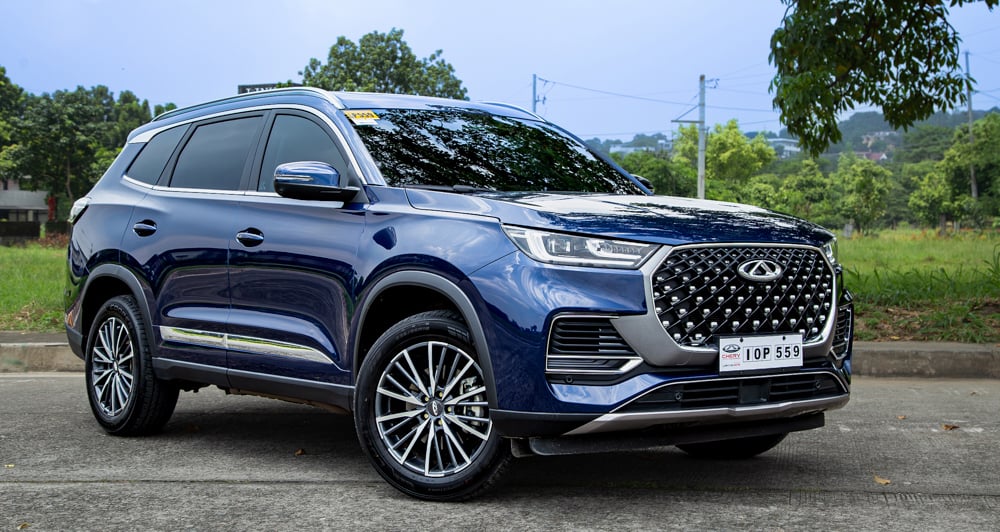
These days, the word “hybrid” seems to be thrown around as a blanket term for any vehicle powered by both an internal-combustion engine and an electric motor. But in reality, there’s a lot more nuance to automotive hybridity.
There are parallel hybrid systems, series hybrids, plug-in hybrids, and everything in between. This just goes to show how little most people understand of this new technology, automotive journalists included.
As a result, there has been a lot of erroneous and contradicting information published on one of the very few plug-in hybrids in our market today, the Chery Tiggo 8 Pro e+ PHEV.
So, we sat down with Chery Philippines‘ assistant manager for product planning Aaron Leang to make sure we got everything right. And what we found was more fascinating than we expected.
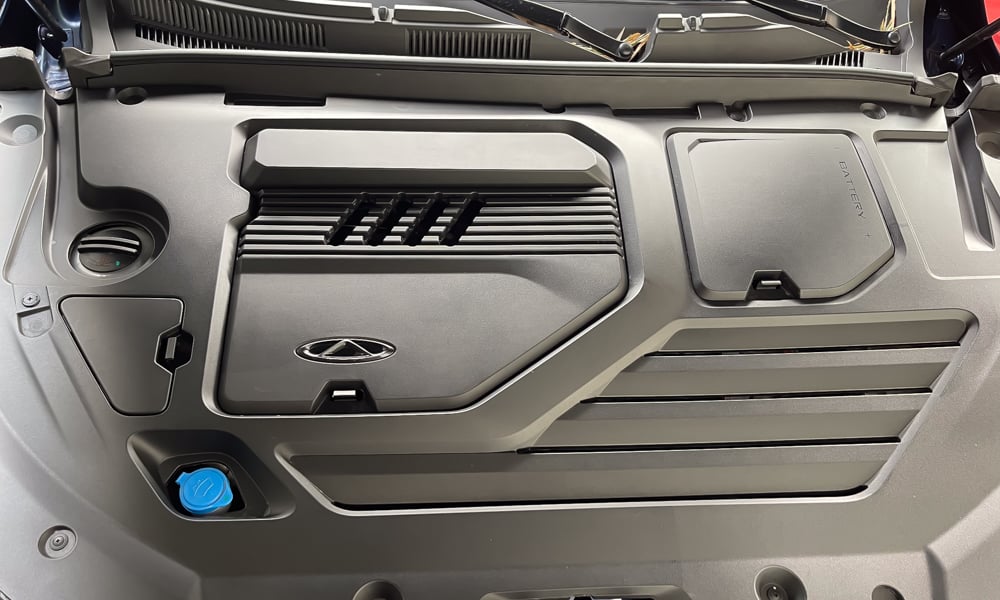
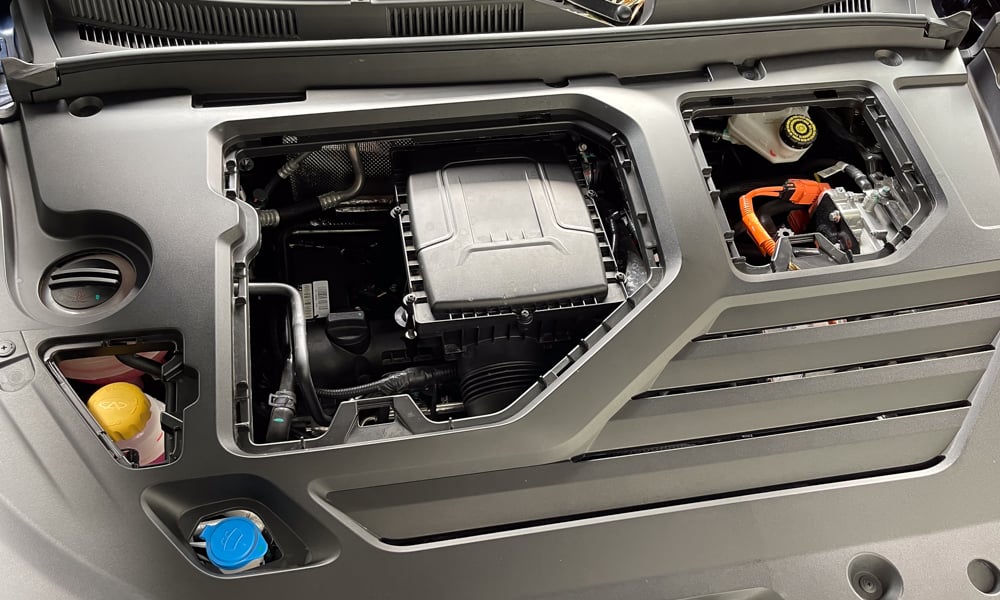
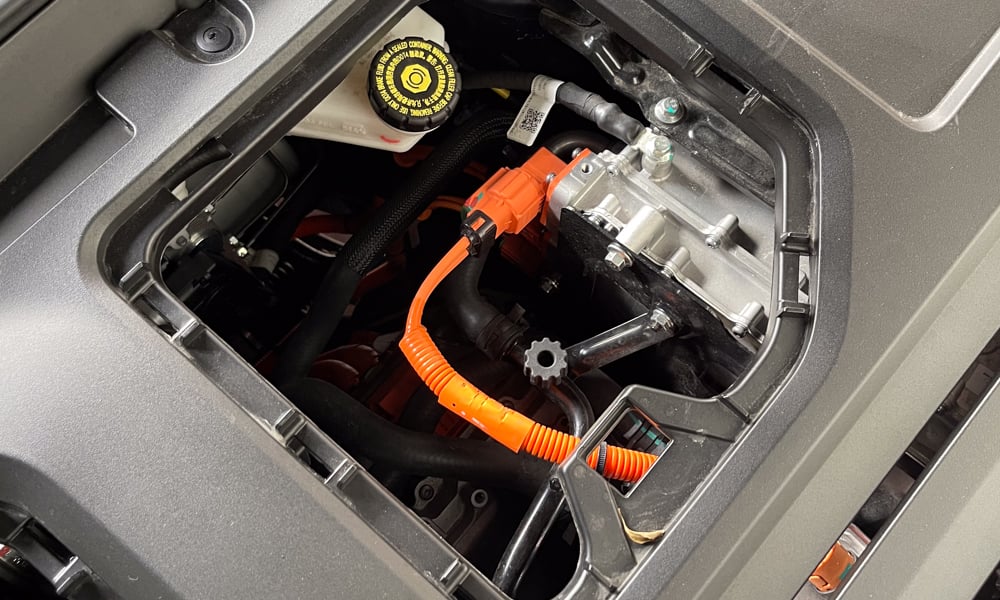
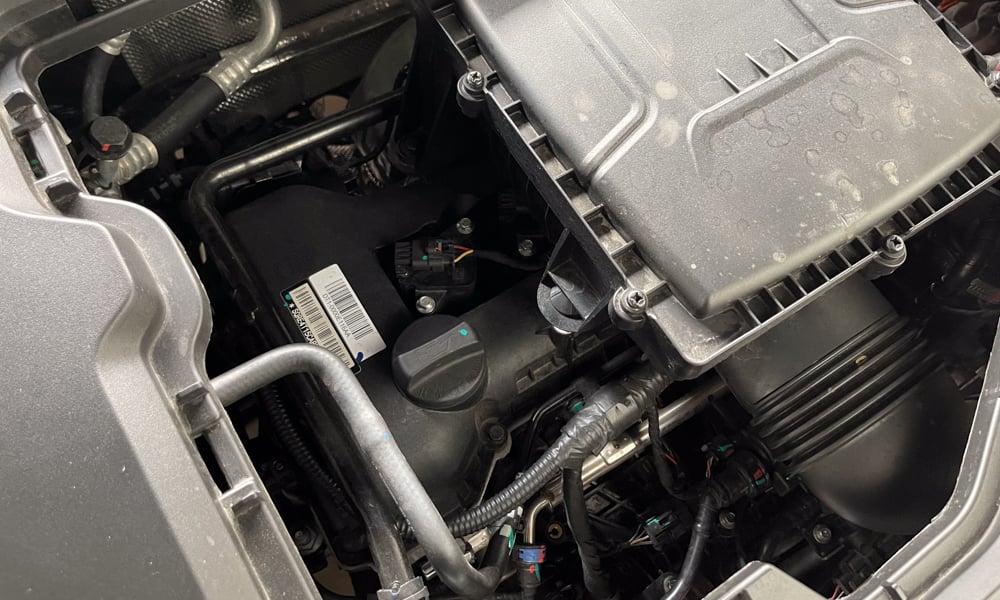
See, as a plug-in hybrid, the e+ has an internal-combustion engine, a battery, and dual electric motors. But instead of having an electric motor for each axle and making the e+ all-wheel-drive, Chery has given each motor a specific job. Electric motor one is, by default, a generator for the battery. Motor two is the main drive motor doing most of the heavy lifting. All power is directed to the front wheels exclusively.
With a full charge, the car can run in either pure EV mode using the battery to power motor two, or HEV mode where the gasoline engine and the electric motors work in conjunction. The driver is never interfacing with the petrol engine directly.
You can’t rev the engine at idle, and you can never run the car with just the ICE by choice. Your right foot controls the second electric motor exclusively, and it decides whether or not it needs motor one and the engine.
It’s all very complicated stuff. But to better understand how the e+ works, think of it as five cars in one.
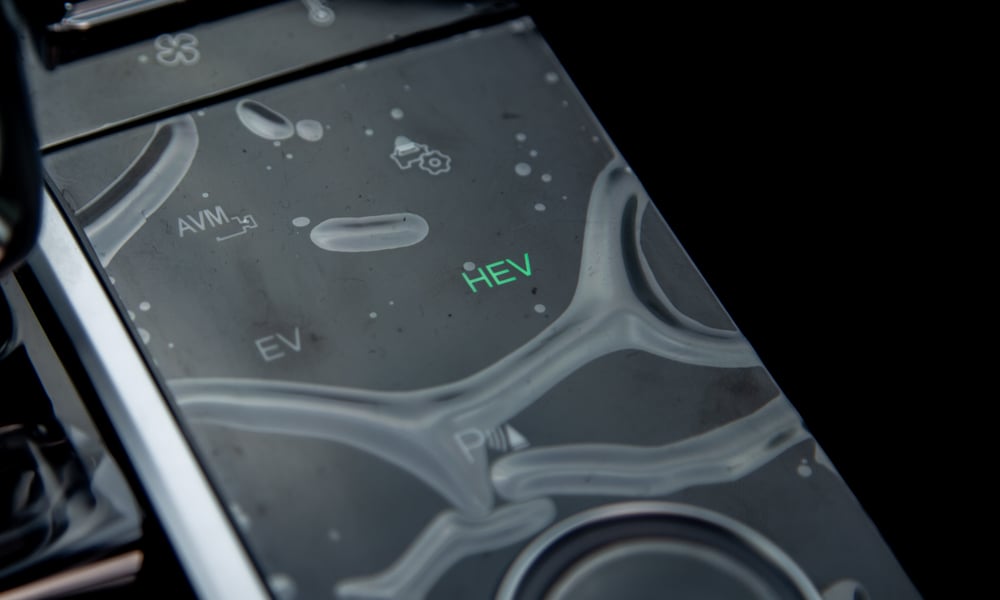
First off, this car can drive just like the BMW iX3 battery-electric vehicle. Given enough juice in the battery, the e+ can be put into EV mode where it will run exclusively on electric power.
Plug the car into your ordinary 220V household outlet for four hours, and you will get 75km of pure electric range from the 19.27kWh battery. Brake regeneration will scavenge lost kinetic energy back to the battery.
In certain scenarios where there might not be enough power stored in the battery to run on pure EV mode, the car will automatically switch to HEV mode where it will function just like the Nissan Kicks and its series hybrid drivetrain.
The e+ can use the ICE to run motor one as a generator to charge the battery, which in turn will supply power to the main drive motor.
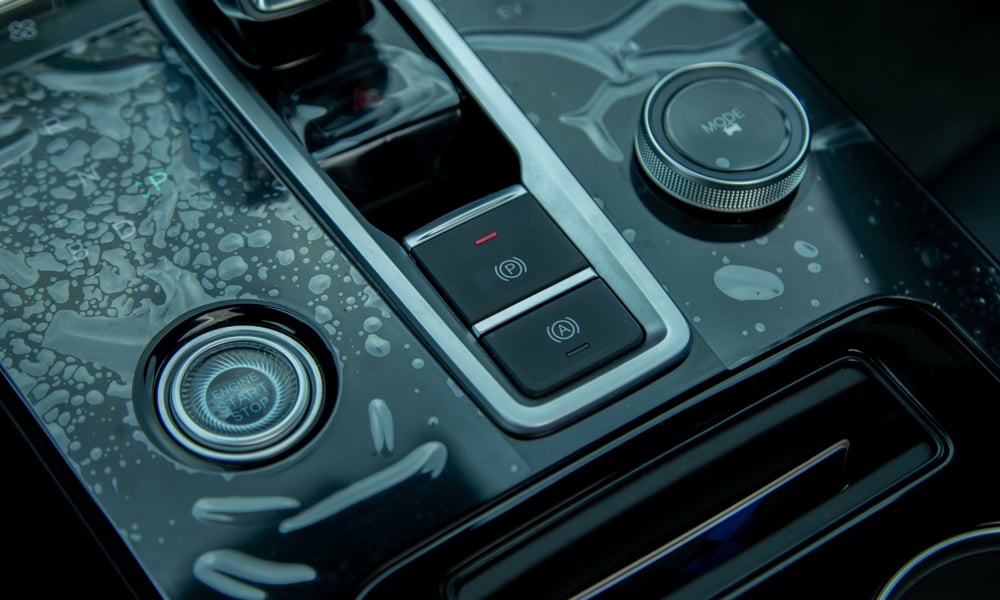
Should the driver demand more power and faster acceleration, the e+ can also make like the Geely Okavango. As far as mild hybrids go, the Okavango is the least mild of them all.
Most mild hybrids will have the ICE and the electric motor working in parallel, with the latter filling gaps in the former’s torque curve as well as powering auxiliary accessories such as the aircon and the lights when the start-stop function is in use.
The Okavango and the Tiggo 8 Pro e+ can do all that, plus coast at highway speeds with the ICE charging the battery.
If you ever find yourself in the mood to go even faster in a Tiggo 8 Pro e+, the car does have a sport mode. It can activate all three motors to put a combined total of 320hp and 545Nm down to the ground—similar to how the hypercar trinity (Mclaren P1, LaFerrari, and Porsche 918 Spyder) implement their hybrid powertrains.
Granted, the Tiggo 8 Pro e+ is nowhere near as fast, but it will spin the front wheels off the line on the way to 100km/h in a brisk 7.5 seconds.
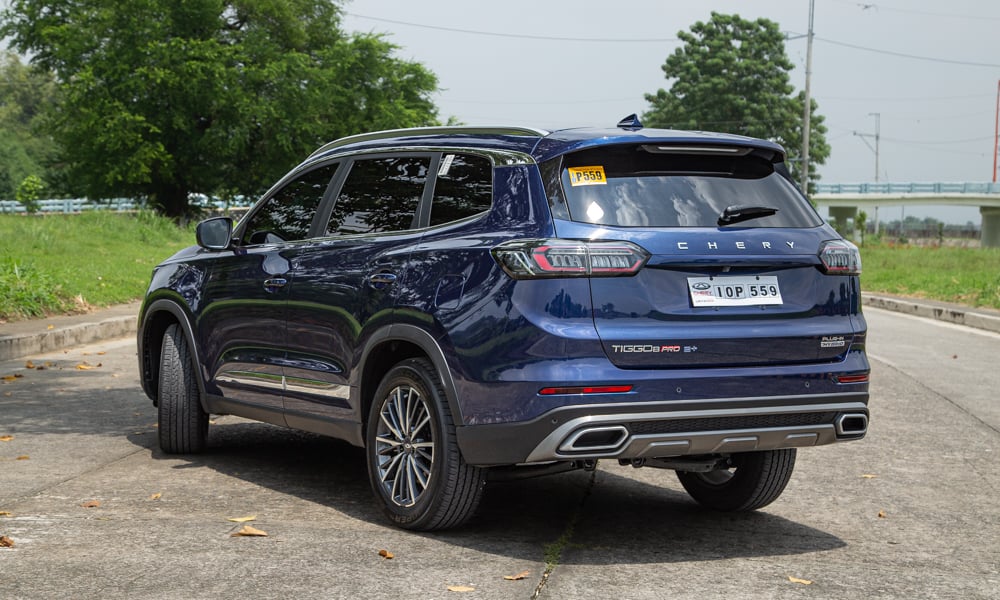
And lastly, it can also be as ordinary as the base Tiggo 8 Pro 1.6T model. In certain scenarios where the battery is completely flat, the 1.5-liter turbocharged gasoline engine can send power directly to the front wheels and charge the battery up through regenerative braking until it can activate the electric motors.
Before anything else, Aaron gave us an important caveat here. As a plug-in hybrid, the Tiggo 8 Pro e+ is designed to be charged. Yes, you can get away with using it as a mild hybrid without ever having to charge, but that is not the optimal way to operate the vehicle.
With the ICE constantly charging the battery and driving the wheels at the same time, the car could be consuming more fuel than its non-hybrid counterpart, thereby negating any fuel-saving benefit from driving a PHEV.
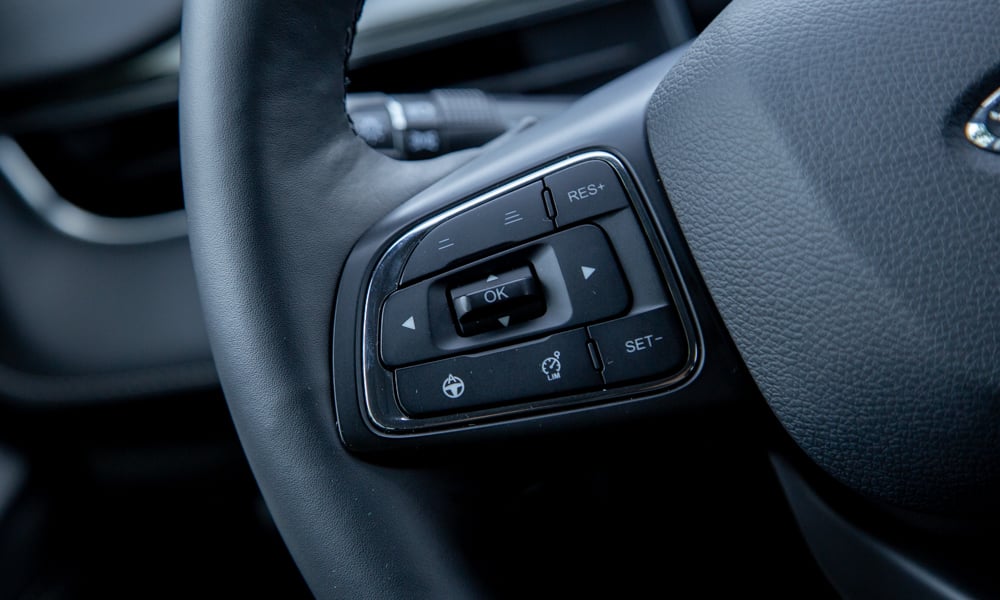
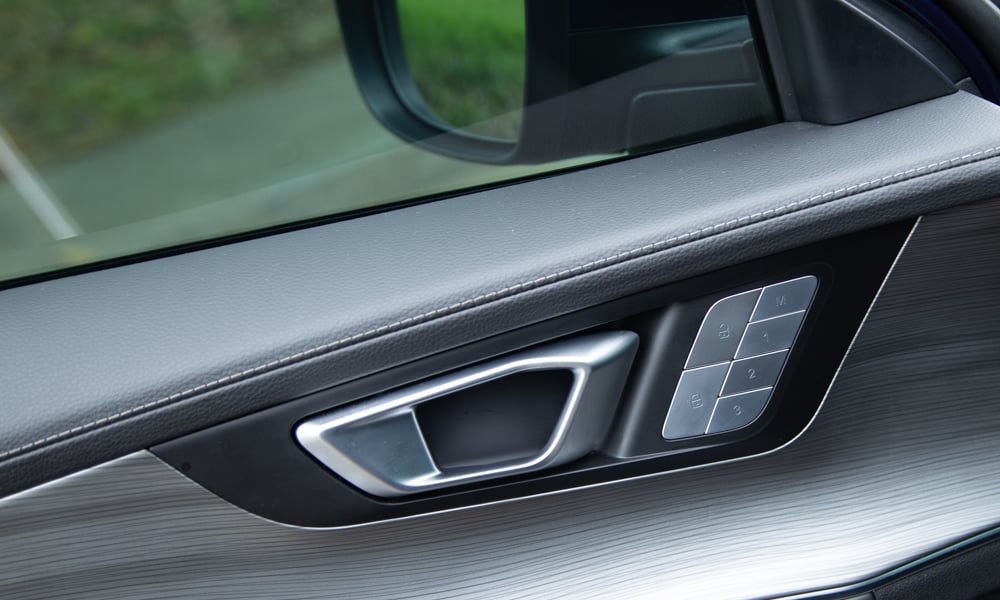
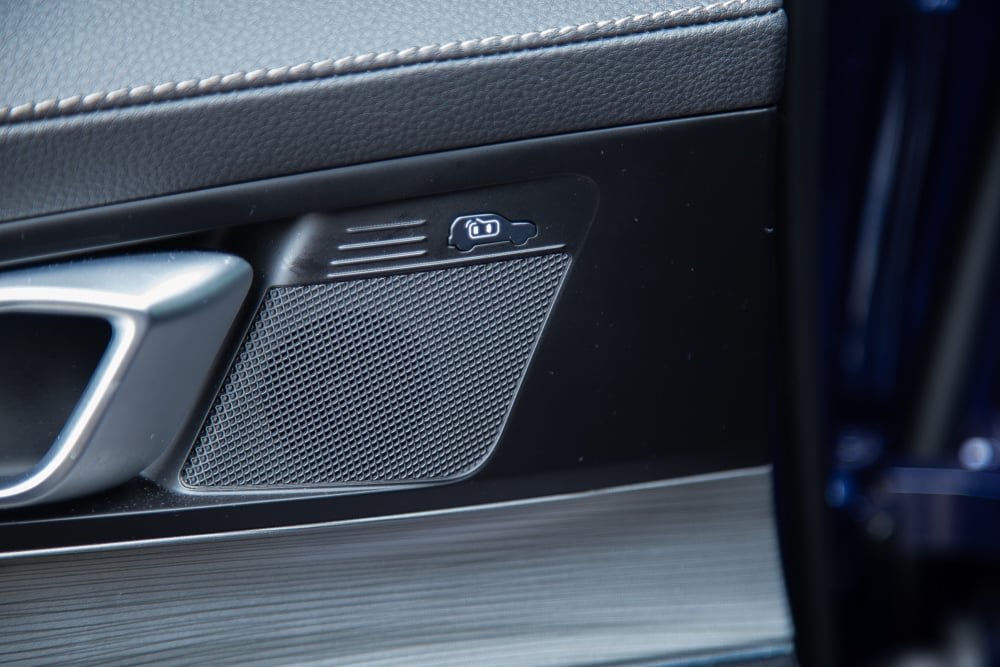
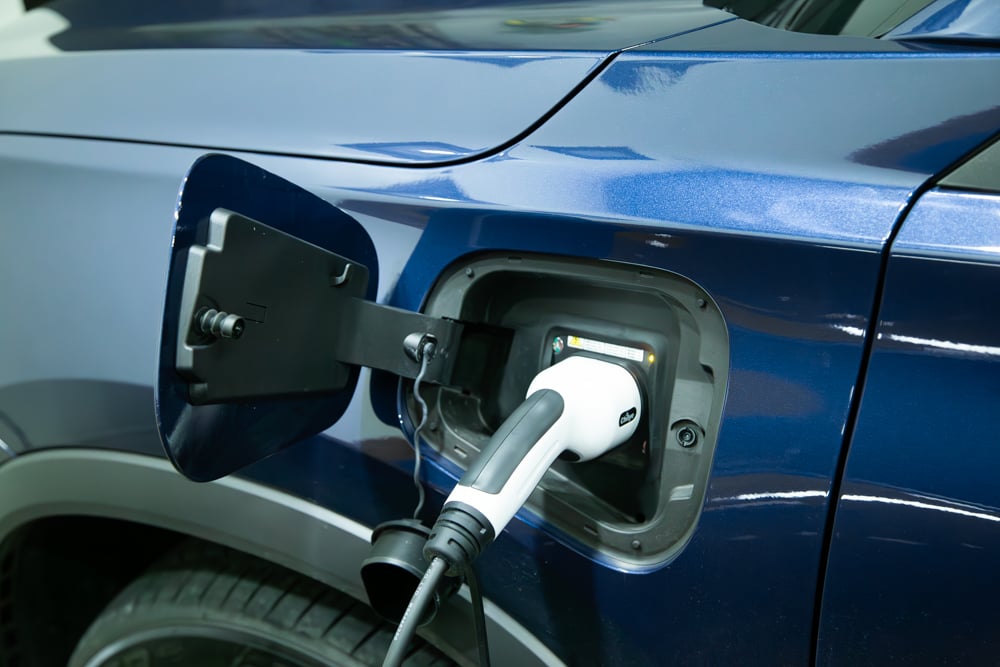
With all the powertrain details out of the way, let’s talk about the rest of the car. This variant is an update on the previous Tiggo 8 Pro PHEV, which, despite being the most expensive in the lineup, did not come with all the bells and whistles one would expect of the range-topping trim.
Now, though, the e+ is equipped with a laundry list of advanced driver aids including adaptive cruise control with lane-keeping assist, cross-traffic alerts with emergency braking, a collision mitigation system, 360° cameras, and many, many others.
The e+ also does away with China’s proprietary GB/T charging plug on the previous model, and replaces it with the globally employed Type 2 socket. This shift allows you to charge at most charging stations and malls in the metro without an adaptor or having to bring your own charging cable, although DC fast charging is not available on this vehicle.
Think of this like Apple’s shift from its proprietary lighting connector to the more universal USB-C port, if you will.
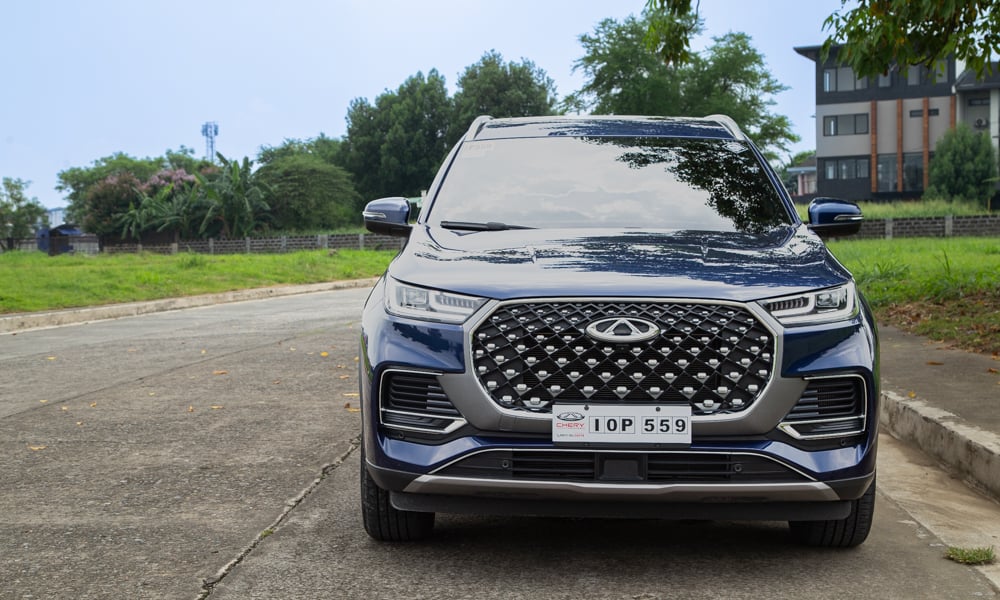
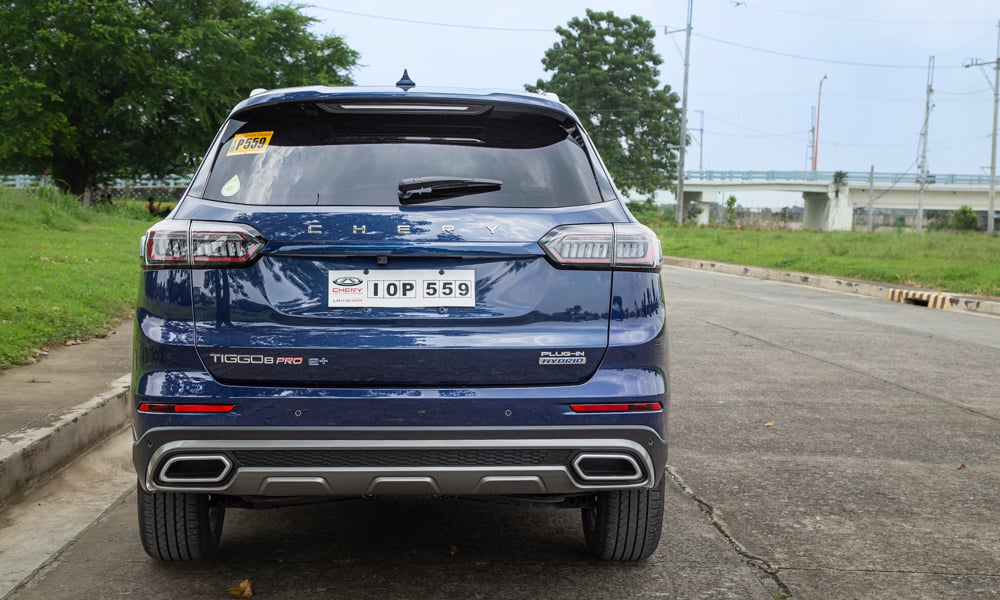
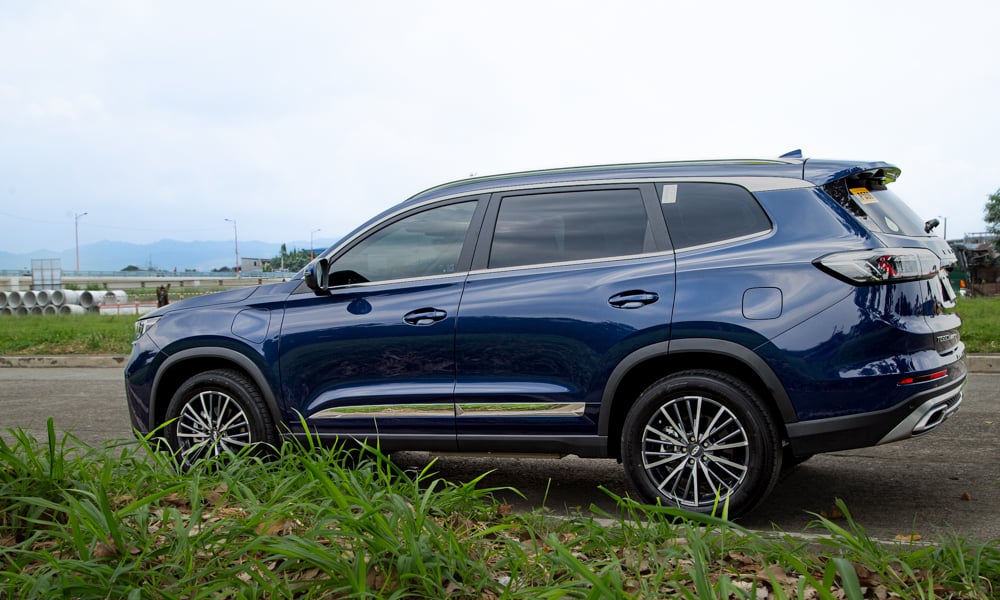
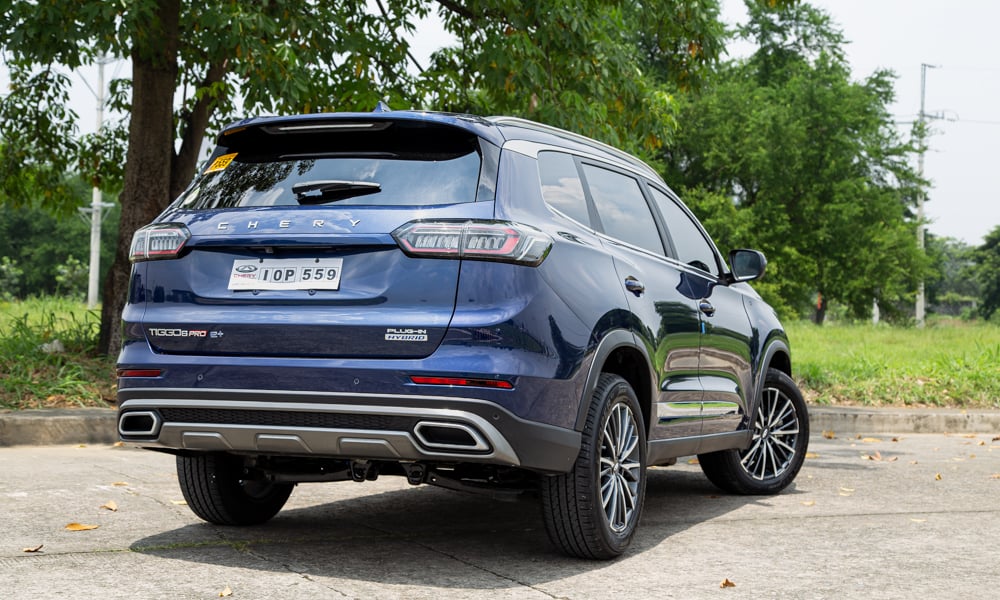
The exterior remains untouched from the previous model, which means it retains all the Audi cues and the very European aesthetic. Chery’s restraint when it comes to design has resulted in the Tiggo 8 Pro looking classy overall.
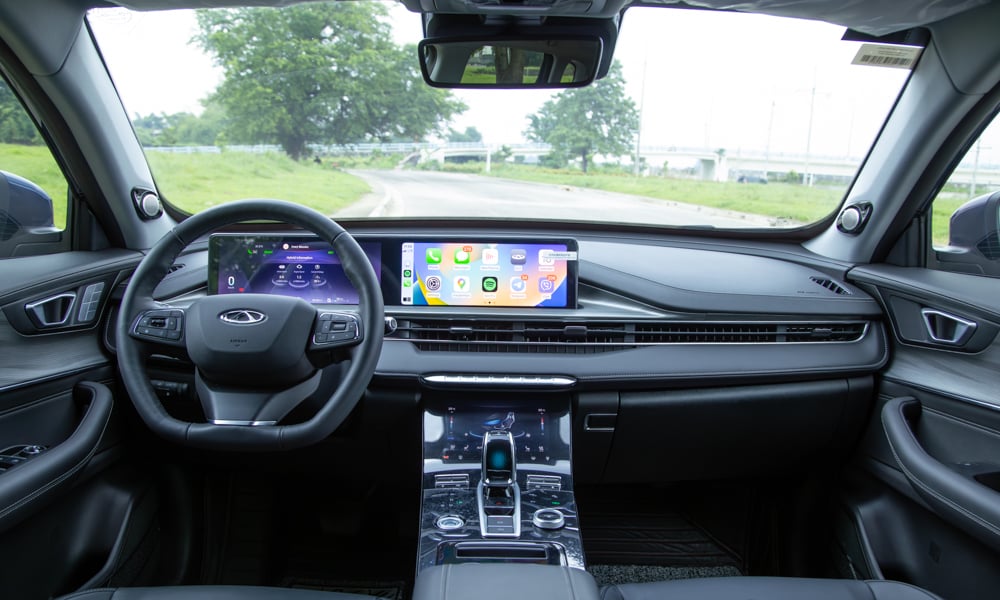
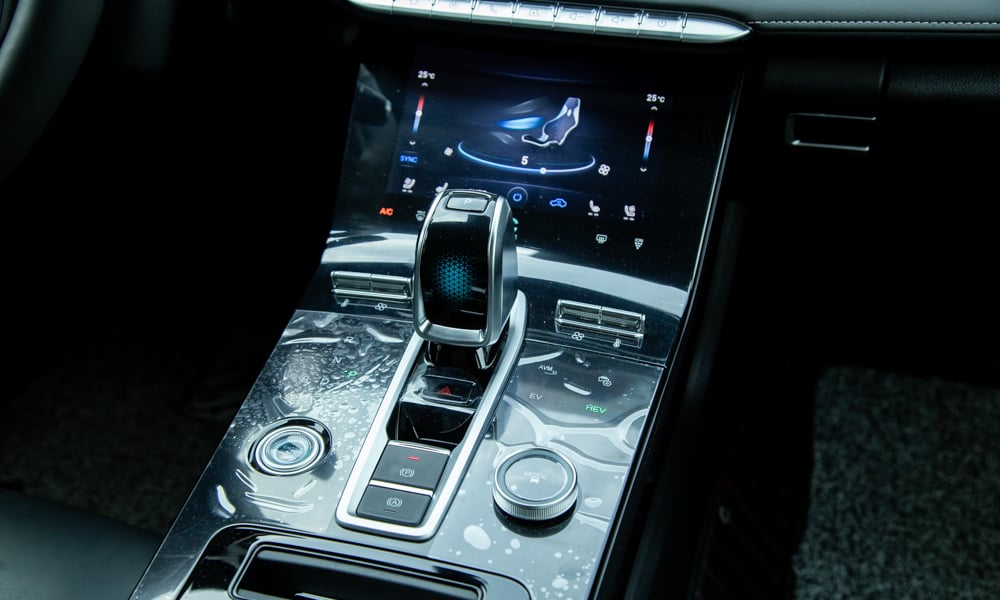
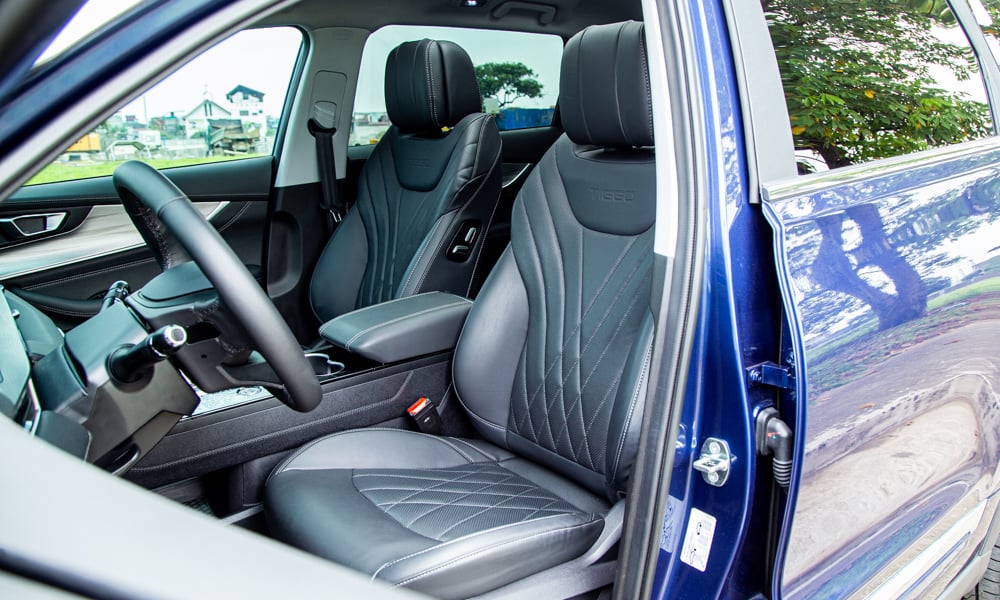
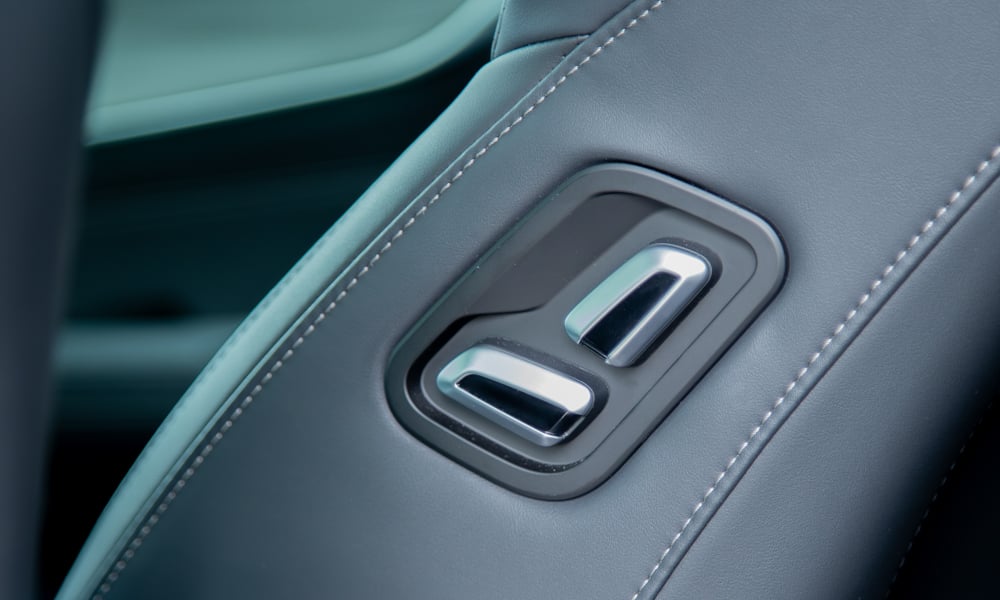
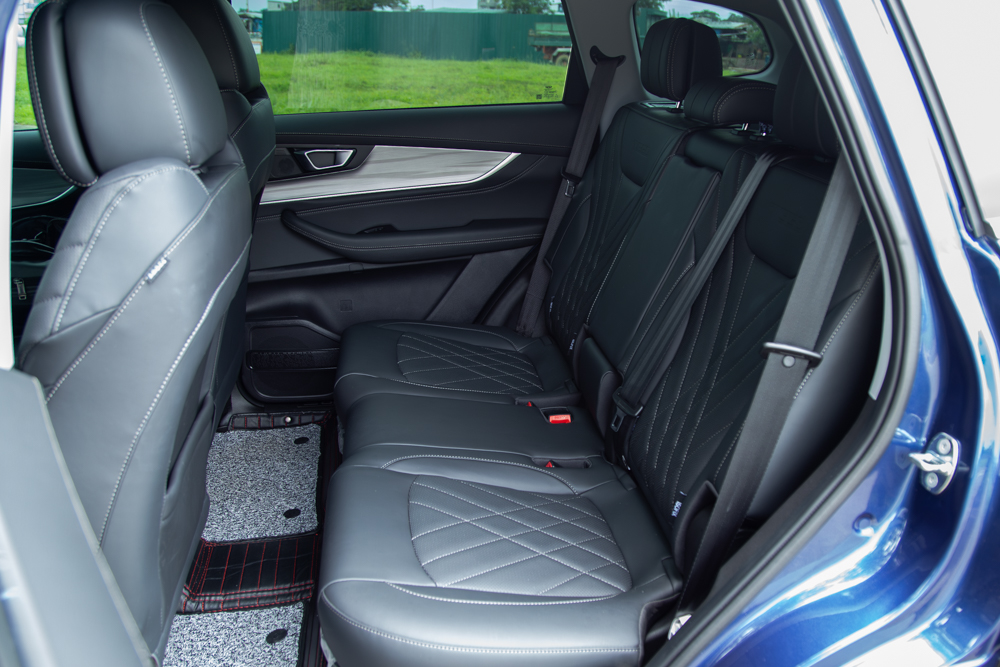
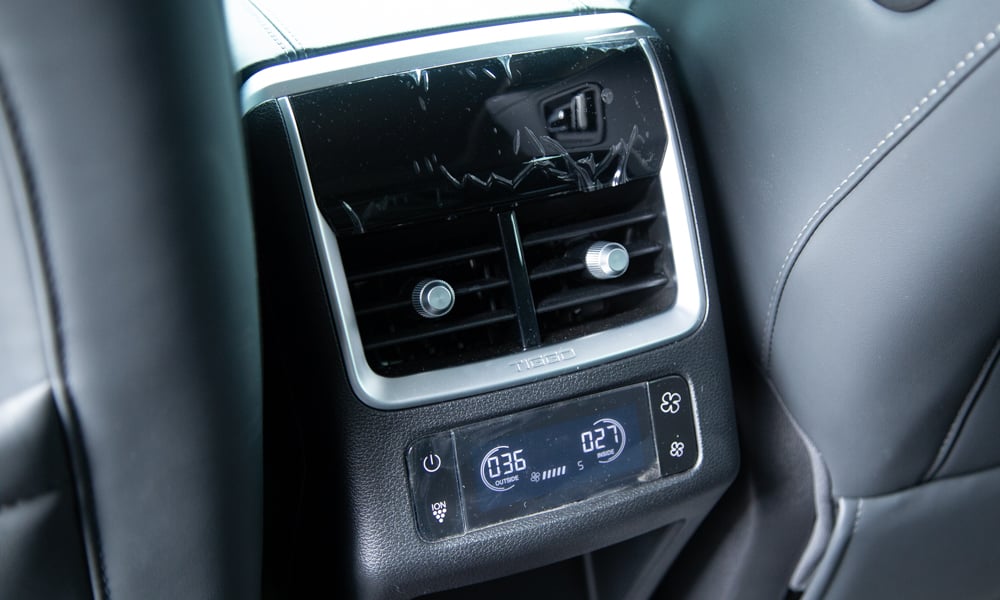
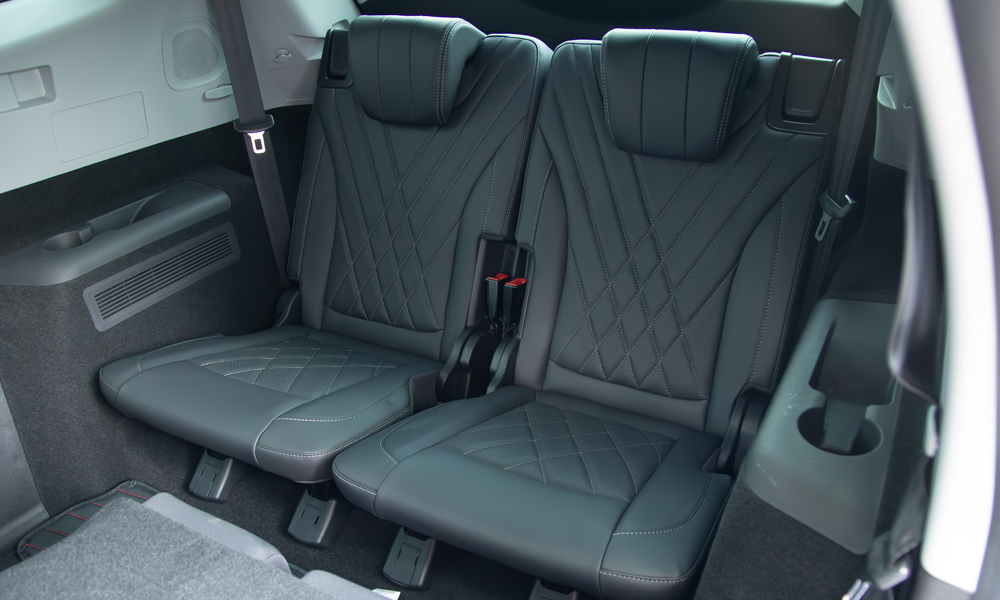
The same restraint is present on the inside as well. There are plenty of soft-touch plastics and faux-leather surfaces, and none of the tawdry Chinese flamboyance. It’s all very subdued and pleasing to the eye.
The Tiggo 8 Pro is slightly smaller than the Okavango in every dimension, so there isn’t as much space in the second and third rows. Nonetheless, a family of seven will fit comfortably in this vehicle.
Fit and finish both inside and out are quite good, with NVH doing a decent job of insulating the occupants. The rear tool shelf cover rattles quite a bit, disrupting the otherwise serene cabin. MacPherson struts up front and the rear multilink independent suspension make for a reasonably comfy ride.
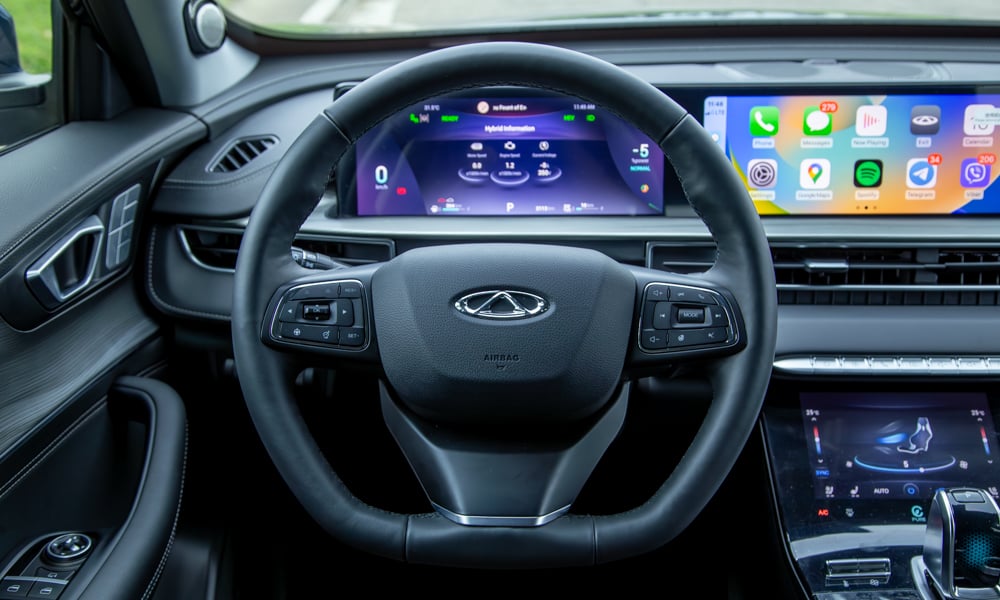
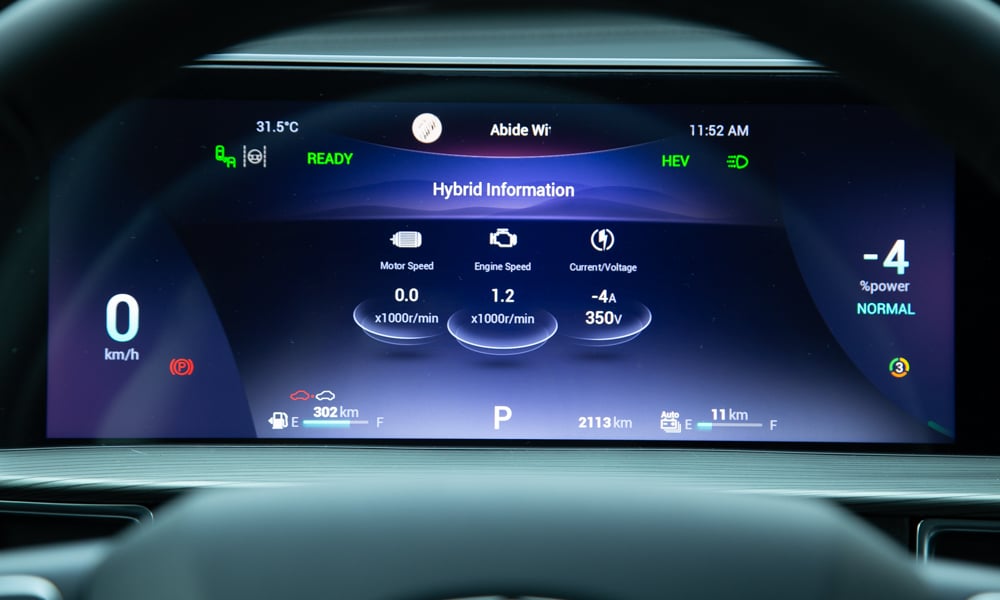
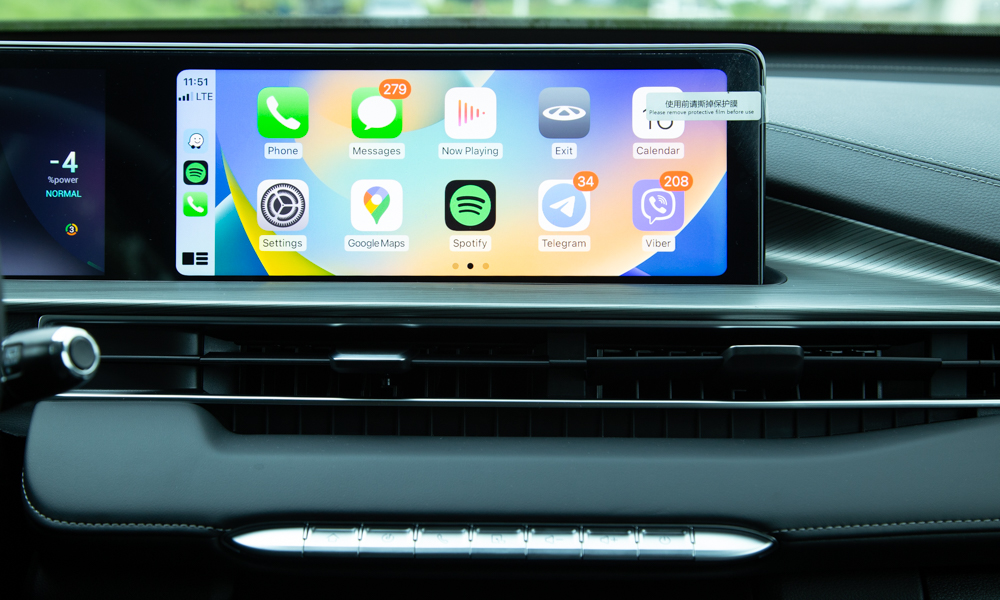
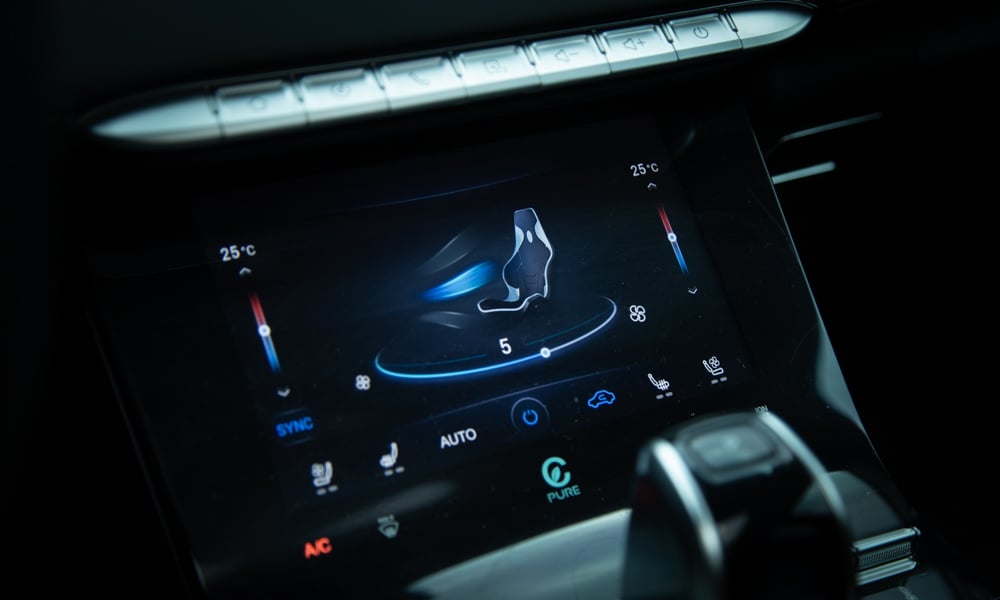
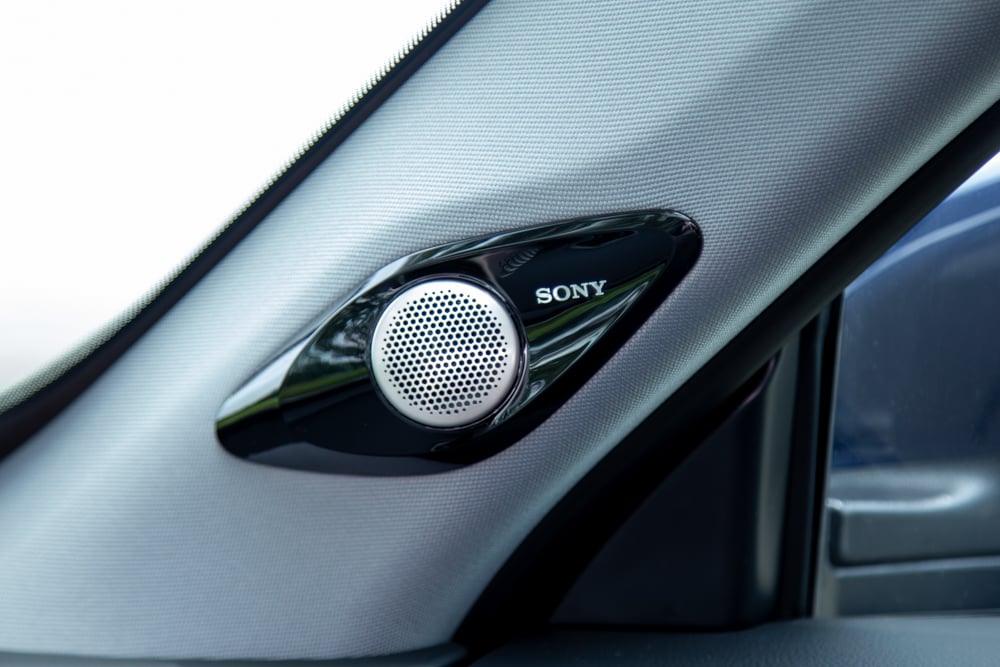
The two 12.3-inch screens used as the instrument cluster and the infotainment display are some of the best you will find in a Chinese car, hands down. The interface is classy, the screens are crisp, and it has all been integrated well into the cabin à la BMW.
There are still some typos on the loose here and there (even some Russian text), but all is forgiven when you find out this system has the one (or two) thing other Chinese cars don’t: Apple CarPlay and Android Auto. We’re looking at you, Geely and GAC.
The HVAC screen is of slightly lower resolution, but is still an applaudable effort. Having a separate climate control screen instead of integrating it into the main infotainment display allows Chery to load it up as soon as you enter the cabin, and gets rid of any latency. Although physical buttons would get rid of all this complexity altogether.
Sound is pushed through an eight-speaker hi-fi system, but the sound quality isn’t as spectacular or impressive as the Sony badging would suggest. This could be down to the extremely limited equalization options available in the head unit itself.
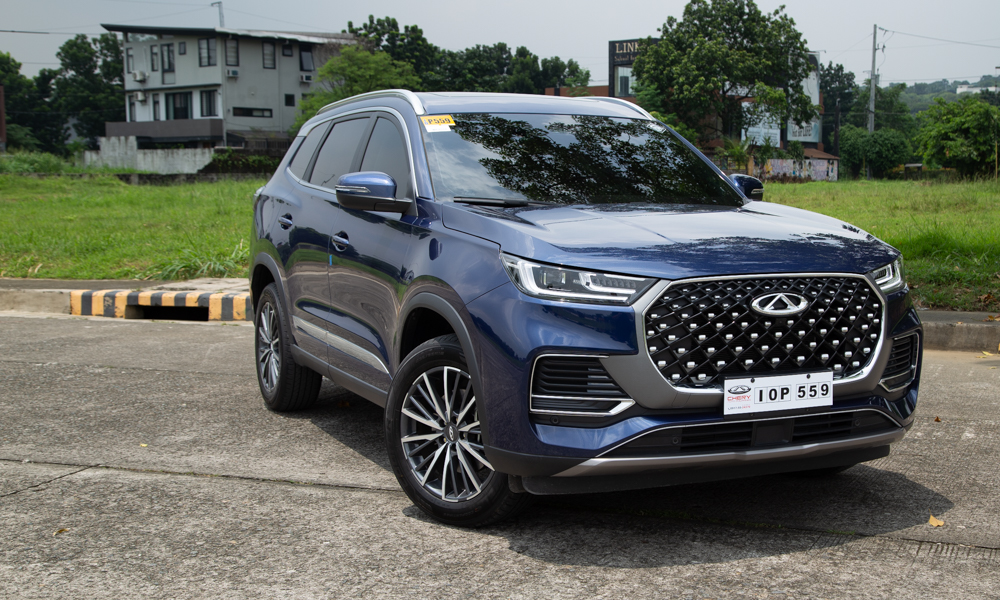
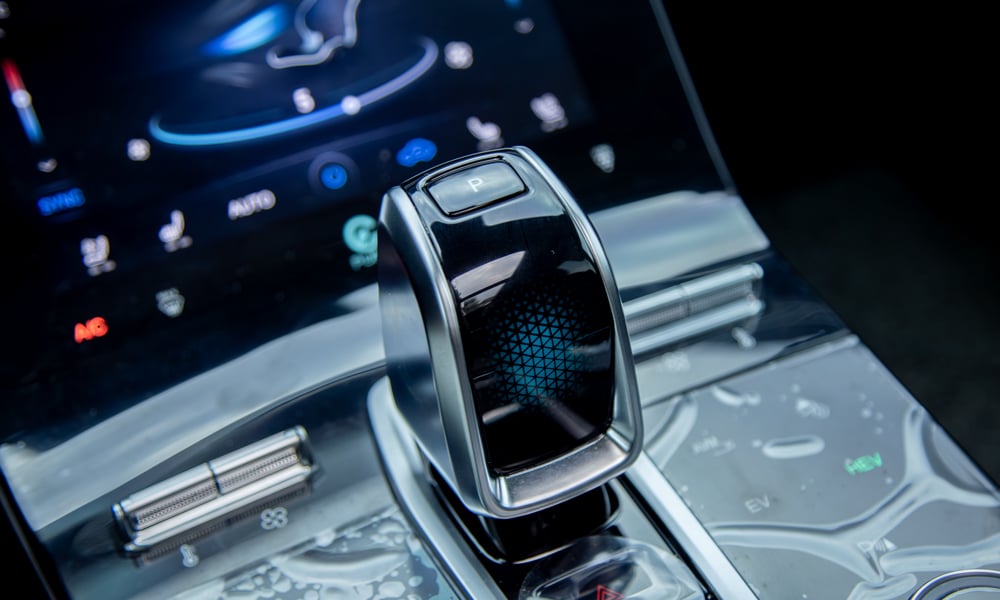
We never expect cars like this to drive like sports cars, but the Tiggo 8 Pro’s driving dynamics are mediocre at best. The steering is light, numb, and way too eager to snap back to dead center, making it feel like a child’s toy.
The brake feel is atrocious at higher speeds and difficult to modulate in stop-and-go traffic, a common occurrence for cars that scavenge brake energy back into the battery. There’s no feel at all, and does not respond to minute pressure adjustments. Tapering off the pedal for a smooth stop doesn’t work, and usually ends in too little brake pressure, which then causes the driver to apply way too much too late.
The electric motors do most of the work in city traffic, thereby masking most of the transmission’s dim-wittedness with simulated gears. But in sport mode, prolonged rev hang makes the car unsettling to drive fast. When you do catch the three-speed shifting gears, you will find an appalling amount of shift shock.
Parking is also such a chore as you cannot engage Reverse from Drive and vice versa, unless you are at a complete stop, and even then it takes a second to bite, making you look like an amateur as you pull out of a Mercury Drug store’s street-side parking slot.
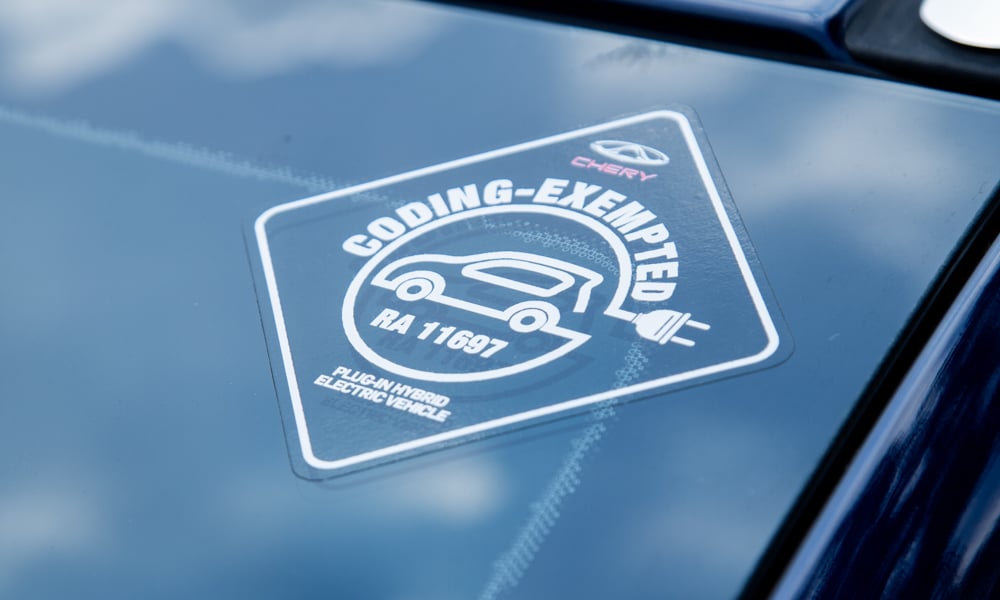
A pure-electric range of 75km may not seem like a lot, but in reality, it will suffice for most people’s daily commute. Charging doesn’t take too long, making it extremely convenient to charge every night. The presence of an ICE gives you the freedom to go longer distances without worrying about charging stations en route.
You can be strategic with the EV range, too. Use it in EV mode on the way out of the city, switch to HEV for the highway, and save the remaining EV range for when you hit rush-hour traffic on the way back.
The PHEV platform provides so much flexibility and could be the best solution for Filipino motorists given our current charging infrastructure. Also, the average consumption of this car during testing was just 15kWh/100km (mixed conditions). Given the median Meralco rate of P12/kWh, it only costs P180 to drive the e+ for 100km.
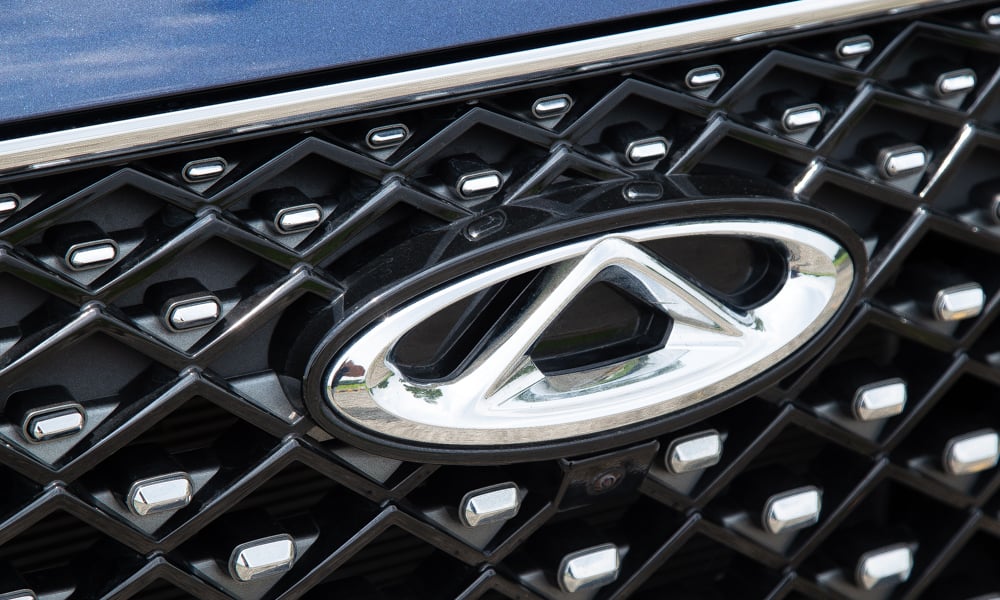
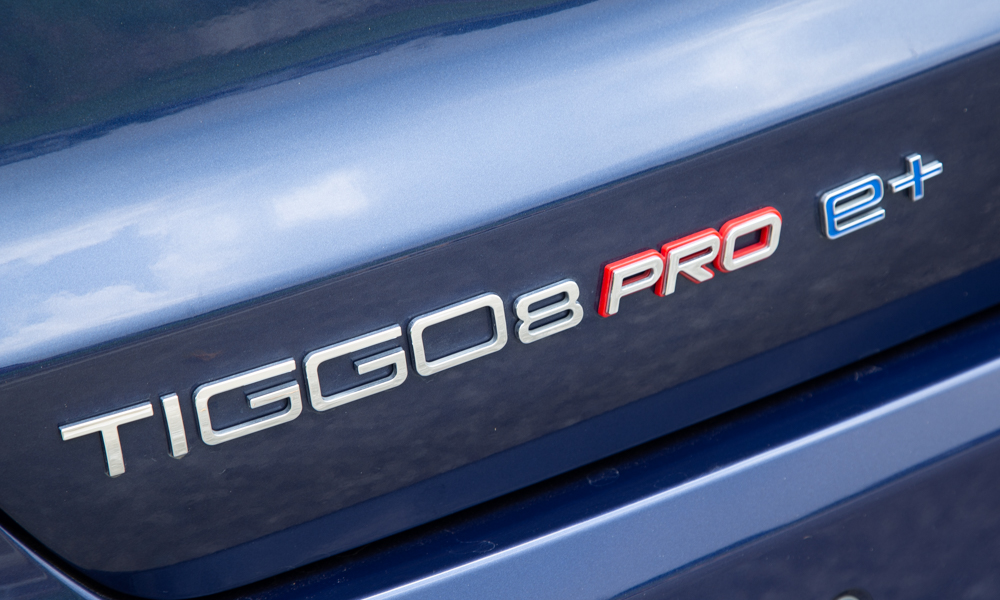
At P2,698,000, this is the most affordable plug-in hybrid in the market today, and I understand that at this price, there’s tremendous value to be had here. But at the end of the day, money will talk. The badge you get for the amount of cash you will have to part with is a tough pill to swallow. This car needs a very specific type of buyer: one that is hell-bent on doing the climate-conscious thing or is just dead set on not having to worry about coding without caring about the price, the brand, or the driving experience for that matter. And the guys over at Chery Philippines know this.
They’re well aware of the stigma that is still prevalent among car buyers when it comes to Chinese cars. They know it’s a lot of money to ask for a Chery. But they also know that now is just as good a time as any to showcase what Chery is truly capable of. They don’t expect the Tiggo 8 Pro e+ to fly out of dealer lots, and they’re fine with that. Because more than anything, this car is Chery telling us that it is here to stay, and it is ready to provide the Filipino people with the mobility solutions of tomorrow.
CHERY TIGGO PRO 8 E+ PHEV
| Engine | 1.5-liter turbocharged gasoline + dual electric motors |
| Transmission | 3-speed dynamic hybrid transmission |
| Power | 320hp (combined ICE and electric motors) |
| Torque | 545Nm (combined ICE and electric motors) |
| Dimensions | 4,722mm x 1,860mm x 1,746mm |
| Drive layout | FWD |
| Seating | 7 |
| Price | P2,698,000 |
| Upside | Enjoy electrified mobility with none of the range anxiety. |
| Downside | Not the best-driving SUV at this price point. Cheap for what it is, but expensive overall. |


0 Comments